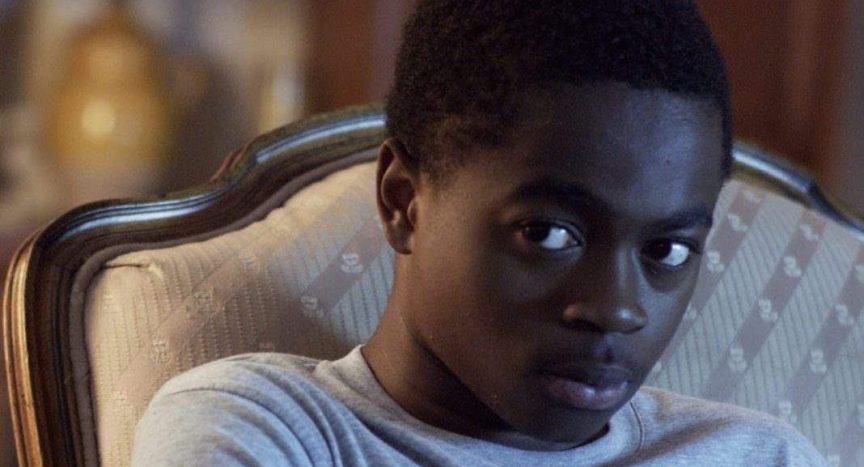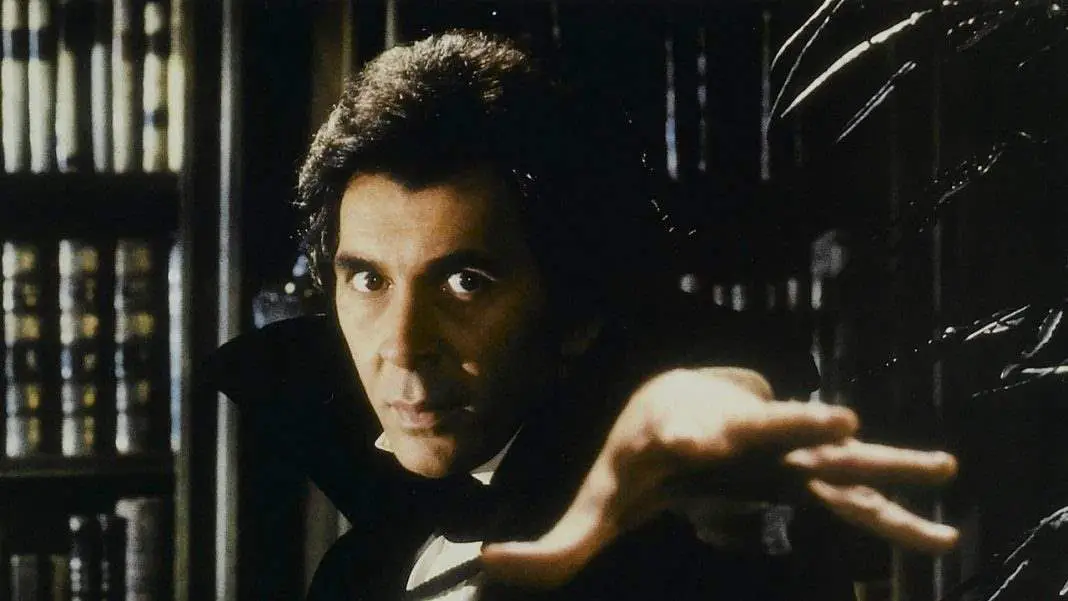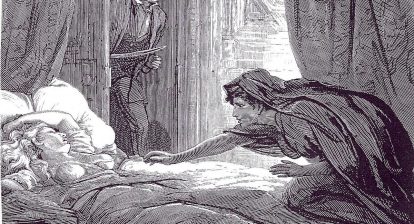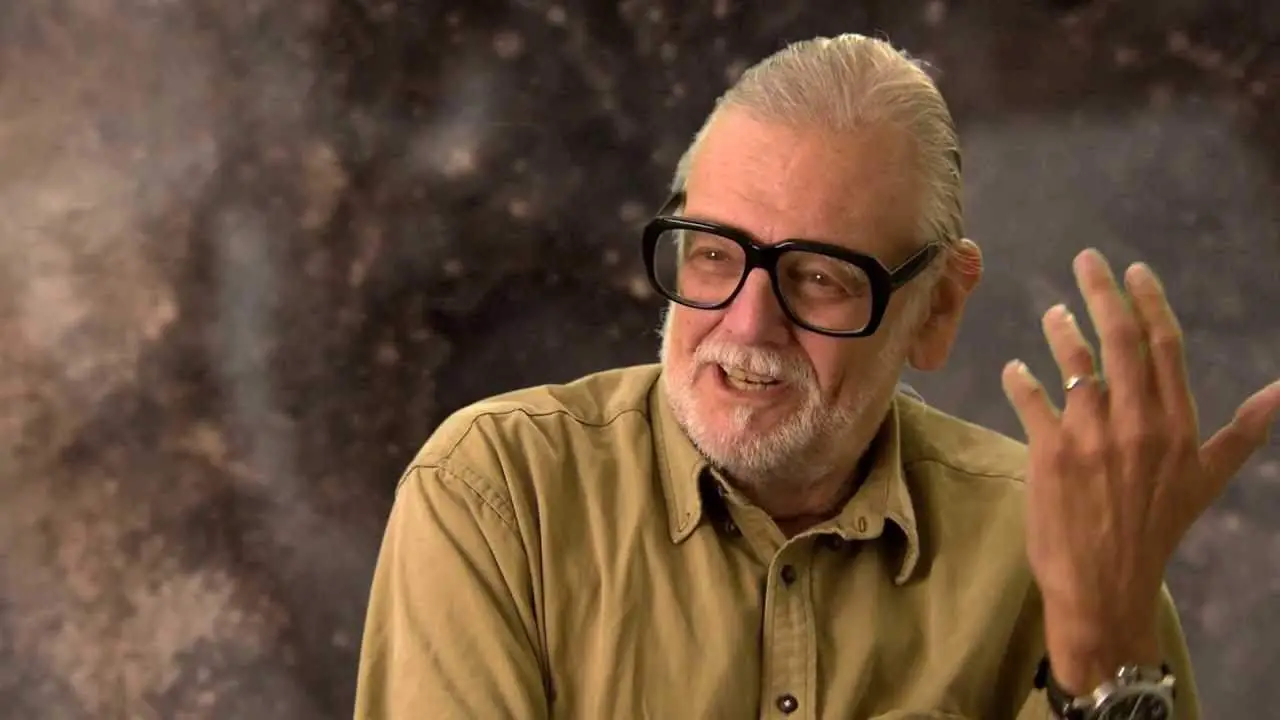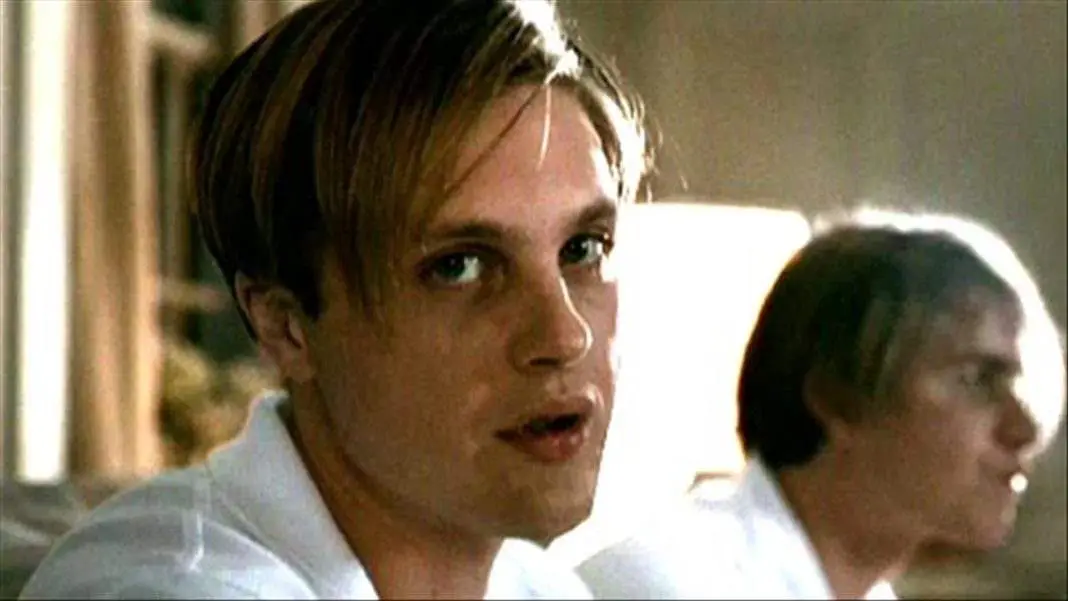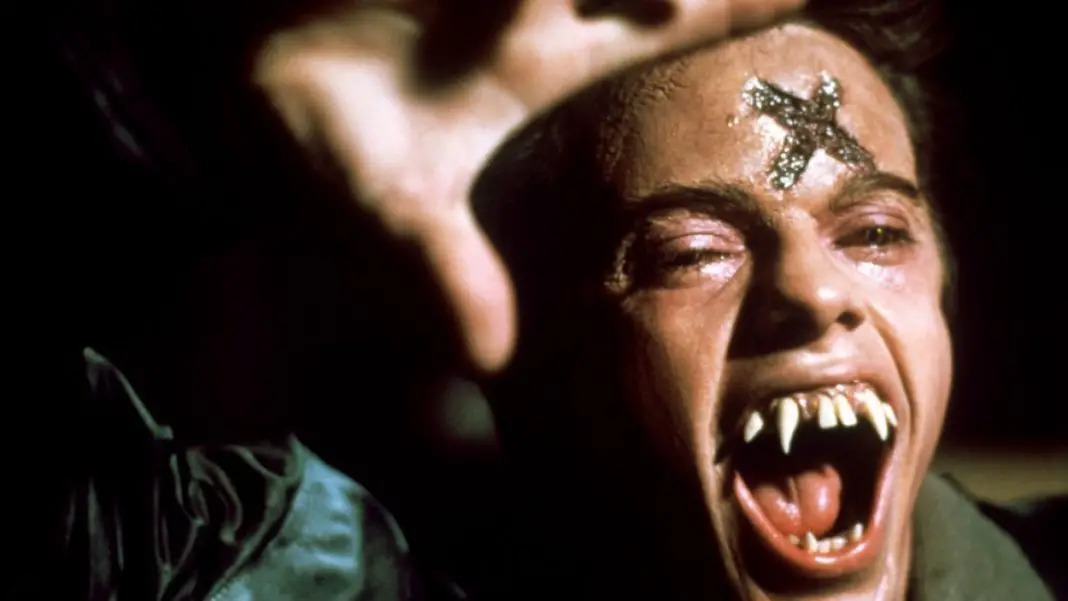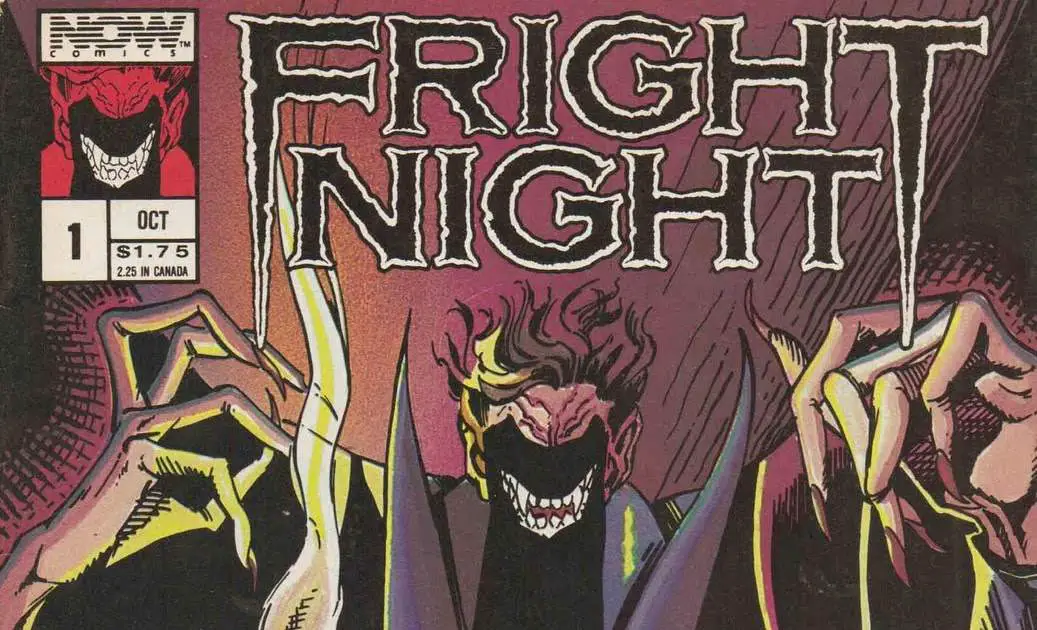If the mainstream media are to be believed, we are in a new era of horror. Now, our beloved genre isn’t just the refuge of freaks and weirdos, but rather where the real art is made. That is, as long as one doesn’t refer to it as horror. Over the past few years, we’ve had post-horror, prestige horror and art-house horror presented as brand-new sub-genres we’re meant to embrace so as not to lower ourselves to the designation of “just” horror.
Into this new world is thrust The Transfiguration, a brooding, romantic and ultimately quite bleak rumination on the vampire myth that would most comfortably be described as art-house horror. Naturally, horror has always been art-house, as far back as Nosferatu, so such designations aren’t entirely necessary here. But for the purposes of giving this lovely little film its due, we shall deign to describe it thus. It’s still horror, though. JUST horror.
The confidently presented debut feature from writer-director Michael O’Shea sees a lonely African-American boy named Milo (a remarkable Eric Ruffin) befriended by a white girl, Sophie (an equally great Chloe Levine), who’s new to his apartment block. Little does Chloe know, Milo isn’t just obsessed with vampires, he actually believes himself to be one and frequently goes out, under cover of darkness, to feed on the blood of the living.
The Transfiguration opens in a grotty public toilet, where we’re introduced to Milo via surreptitious sucking sounds, the origin of which is kept off-screen for much of the act. It’s a clever intro to this lonely kid’s little world, because at first it seems like what makes Milo different is perhaps his sexuality (and, in fact, the film bears comparison to the gorgeous Moonlight). The reality, of course, is much darker and more complicated.

The question of whether Milo (or indeed John) hunts because he, too, is hunted hangs over much of The Transfiguration. Since we know from the outset what he is, or rather what he believes himself to be, the tension doesn’t come from IF but WHEN Milo will choose to feed next. Chloe tells him she self-harms as a release, the suggestion being that perhaps Milo feeds in order to do the same.
It’s never a question of morality, however. Rather, much like Romero’s seriously underrated seventies vampire tale Martin (to which this film owes a great debt, and indeed explicitly nods to at one stage), the question of whether Milo actually is a vampire is left for us to decide, via a suitably bleak ending, which befits its protagonist’s nihilistic outlook on life and death. One could argue it isn’t even really that important to the story.
In fact, Chloe, with her hollowed, black-rimmed eyes and pale skin looks far more vampiric than Milo ever could. And, in many ways, The Transfiguration is a knowing modern update of Martin that very deliberately places a black kid from the projects in a leading role previously occupied by a white actor. In nodding to that film, along with several others including Let The Right One In, Near Dark and Twilight, O’Shea is asking us to reconsider what we think of as the typical vampire.
 There’s a kind of meditative mundanity to the whole thing, a sense that mood, above all else, is the writer-director’s main concern as opposed to cheap scares or meaningless gore. He gives Ruffin the floor for much of the movie, his strikingly assured central performance the focal point whether he’s party to the action or watching from the sidelines, as in one particularly violent, gang-based sequence.
There’s a kind of meditative mundanity to the whole thing, a sense that mood, above all else, is the writer-director’s main concern as opposed to cheap scares or meaningless gore. He gives Ruffin the floor for much of the movie, his strikingly assured central performance the focal point whether he’s party to the action or watching from the sidelines, as in one particularly violent, gang-based sequence.
The score, used sparingly, is a disconcerting, spooky little hum that ramps up at certain moments like fireflies frying in the light. Milo’s attacks are vicious and violent, but never shot to entice blood-lust. As his brother intones at one point, “whatever it is you’re doing, there’s someone out there doing a whole lot worse”. In fact, the biggest, arguably only, scare is part of a fantasy.
Whether Milo is doing what he’s doing as a compulsion or a coping mechanism is never properly explained. O’Shea presents his story without prejudice and leaves us to decide for ourselves. As with the heartbreaking Moonlight, the quiet, shy, broken kid at the heart of The Transfiguration represents changing attitudes to black masculinity. The gang members who pick on Milo could even be associates of that film’s third act drug dealer, Black.
All things considered, though, this is a horror movie through and through and for that alone it should be celebrated. Cameos from Lloyd Kaufman and Larry Fessenden give it a pinch of unexpected cred but a million references and a couple well-placed faces do not a considered genre movie make. Thankfully, The Transfiguration is a hugely intelligent, composed and fascinating study in outsider alienation that sits comfortably alongside Romero’s Martin as a vampire movie that may or may not really be about a vampire.
The Transfiguration hits VOD on August 8, 2017 via Strand Releasing
WICKED RATING: 8/10
Director(s): Michael O’Shea
Writer(s): Michael O’Shea
Stars: Eric Ruffin, Chloe Levine, Lloyd Kaufman, Larry Fessenden
Release: Aug 8th, 2017 (VOD)
Studio/ Production Co: Transfiguration Productions
Language: English
Length: 97 minutes
Sub-Genre: Vampires
